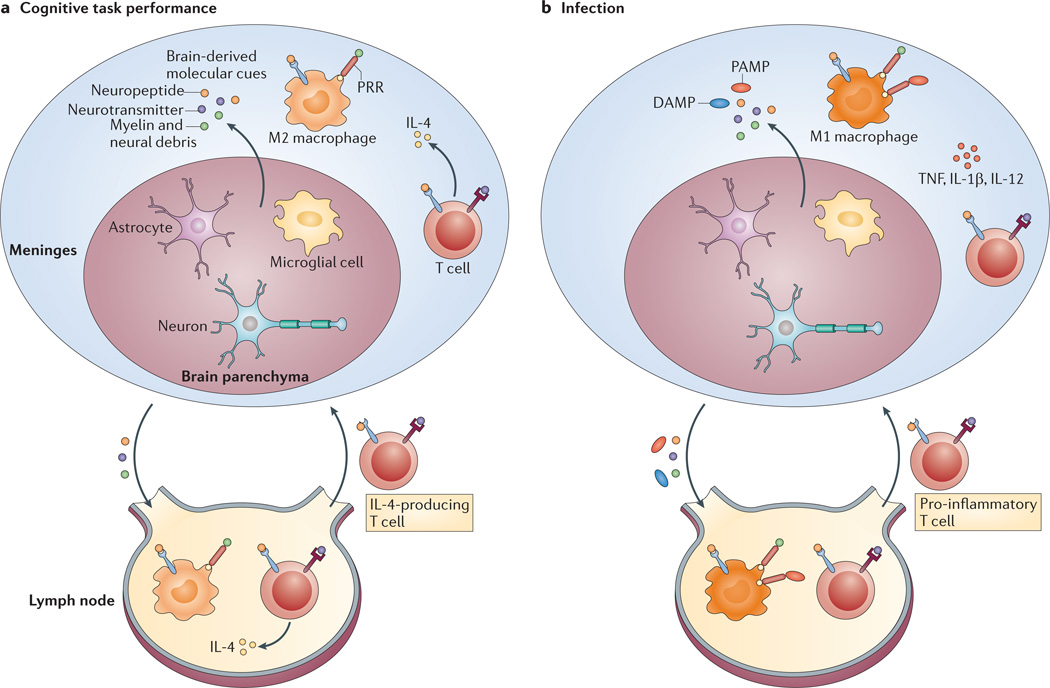Figure 4. A model for the physiological recall of T cells to support learning behaviour versus a response to a pathogen.
a | We propose that, under physiological conditions, cognitive task performance or minor stress results in the release of brain-derived molecular cues from the ‘alert’ brain that trigger a specific T cell response, predominantly resulting in the production of interleukin-4 (IL-4). IL-4-producing T cells are also recalled from the draining deep cervical lymph nodes to the meningeal spaces and maintain meningeal myeloid cells (depicted as macrophages) in an M2, anti-inflammatory state. b | In the presence of a pathogen, the draining lymph nodes receive signals from pathogen-associated molecular patterns (PAMPs) and/or damage-associated molecular patterns (DAMPs), which dominate the T cell response regardless of the presence of the brainderived molecular cues. Consequently, pro-inflammatory T cells are recalled to the meninges to fight off pathogens, meningeal myeloid cells adopt an M1, pro-inflammatory state and cognitive function is impaired. PRR, pattern-recognition receptor; TNF, tumour necrosis factor.

